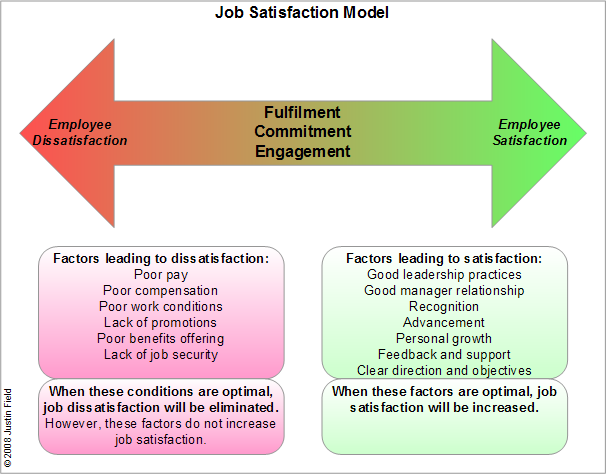Last week I had the opportunity to attend The Business of Talent conference in St. Petersburg, Florida. (Kudos to the team at Bersin & Associates for putting together a great conference.) One theme consistently discussed throughout the conference was the need to make leadership development a core part of your talent management strategy. Leadership development goes beyond just training and is equal in importance to recruiting, succession planning and performance management. Most talent management solutions provide applications that help companies to recruit, train, measure, and compensate their workforce. But few have incorporated leadership development as a core business process within the talent management suite; which is interesting since leadership development is generally considered a mission critical part of most business strategies. So the question is how can our talent management solutions help us achieve this critical objective?
First I think it’s important to understand that no software application by itself will ever find the leaders in your organization, let alone develop them (unless of course you have access to Deep Thought or Professor Farnsworth). This is a task for your managers, directors, and senior executives. I also subscribe to the idea that leadership is not tied to a specific role in the company, like manager, vice president or CEO. I think every employee is a potential leader and in my opinion the hallmark of a truly great company is having more leaders than managers, or better yet, just leaders and no managers! With that said, there are some tools your talent management applications ought to provide to assist your organization in identifying and growing your leadership pipeline.
- First is a configurable profile management application. Profiles tell us everything we need to know about the person and the position. They help us assess whether we have the right people in the right job. Person profiles should include things like risk of loss, impact of loss, personal, professional and developmental goals as well as the skills (competencies) the employee has today. Job profiles include the key competencies, certifications, licenses, education requirements, etc. needed to succeed in the position. A good talent management solution will help you match each employee with the right position.
- Second are integrated performance, learning and compensation management applications. Having performance management without learning management is like constructing a house with a yardstick and no hammer; why measure if you can’t build. Likewise, having a learning management application without performance management means you can train your employees but can’t measure their growth or level of accomplishment. Compensation helps you recognize and reward good performance; without it you have a stick (performance management) but no carrot and good employees won’t hang around for very long under those conditions.
- Finally, the talent management suite should include robust analytic tools that aggregate and integrate your data across applications. These tools should help you calibrate performance and potential across the organization; identify risk of loss candidates; craft talent pools and succession plans; and create customized development objectives tied to the key business drivers for your organization.
Most companies believe the best leaders are grown rather than recruited. Individuals who grow up in the organization have already embraced the company’s culture and core values. They understand the business, the market place and most importantly the customer. All they really need is experience and an opportunity to lead. Mark Sanborn writes in You Don’t Need A Title To Be A Leader, “It doesn’t matter what your position is, or how long you’ve worked at your job, whether you help to run your family, a PTA committee, or a Fortune 1000 company. Anyone at any level can learn to be a leader and help to shape or influence the world around them.” Our job as talent management specialists is to provide every employee with the opportunity to become the leaders who will help our organizations succeed and our companies thrive.










